Galifa is a village in the Municipality of Chersonisos, Heraklion regional unit, Crete, Greece. It sits at an altitude of 305 meters on top of a hill, offering panoramic views of the surrounding landscape. Until 1940, the village was known as “Galyfa.”
The village is characterized by its traditional architecture, with old stone houses, arched doorways, and “lodzetas” (roof terraces that serve as courtyards for the houses above). A central road runs through the village, and there are small squares where residents gather.
The remaining inhabitants of Galifa primarily work in agriculture and livestock farming.
History
Galifa is mentioned in the 1538 Venetian census of Castrophylacas and in all subsequent censuses during the Venetian and Ottoman periods. During the 19th century, it had only Christian families.
Massacre of 1897: During the Cretan Revolt of 1897, Galifa suffered a massacre on May 17th at the hands of Turkish-Cretan forces from villages in the Messara Plain. Approximately 18 residents, including the village priest, guards, elderly people, and children, were killed.
20th-Century Conflicts: Residents of Galifa participated in various conflicts during the 20th century, including the Balkan Wars, World War I, the Greco-Turkish War, World War II (including the Battle of Crete and the Resistance against the German occupation), and the Greek Civil War. During the German occupation, villagers were forced into labor, and the community suffered significant losses in livestock and agricultural production.
Archaeological and Historical Sites
- Ancient Pottery: Clay vessels and structures, possibly used for pressing grapes or olives, have been found in excavations.
- “Patitēri” (Wine Press): A communal wine press in the area of the same name. It now serves as the base of the Stavros (Crucifix) church.
- Churches:
- Second Byzantine Period (13th century): Agia Paraskevi-Agios Panteleimon (a monastery church with frescoes).
- Venetian Period: Metamorphosis tou Kyriou (Church of the Transfiguration), Agios Dimitrios (a monastery church), Agia Marina, Agios Nikitas, Agia Triada.
- Ottoman Period: Church of the Archangel Michael (completed in 1852, demolished in 1968).
- 20th Century: New Church of the Archangel Michael (built 1966-1975), Agios Nikolaos (cemetery church, inaugurated in 1935), Panagia (inaugurated in 1955), Stavros (private church, completed in 1985).
- Monastery Ruins: Cells at Agios Dimitrios and Agia Paraskevi.
- Other structures:
- “Kamara” (arch) on the river (southern stream), built in 1900.
- The old school building, built in 1903 and renovated in 1998.
Traditions
- Feast of the Holy Spirit: Traditionally, the biggest celebration in Galifa takes place on the feast day of the Holy Spirit (June 5th) at the church of Agia Triada, with festivities, music, dancing, and food.
- Carnival: Galifa has a strong tradition of celebrating Carnival with a parade and festivities organized by the cultural association. This usually occurs on the last Sunday of Carnival.
Village Key Points
- Historical References:
- 1538 Venetian census of Castrophylacas.
- Location: Municipality of Chersonisos, Heraklion regional unit, Crete, Greece. 25 km southeast of Heraklion city.
- Altitude: 305 meters
- Historical Significance: Massacre during the 1897 Cretan Revolt, traditional architecture.
- Population:
Year |
Population |
|---|---|
2011 |
122 |
2021 |
200 |
- Current Status: Active village with a small and declining population, primarily agricultural economy.
Reference
Access
Galifa is 12.8 kilometers away from Arkalochori and 4.2 kilometers away from Episkopi













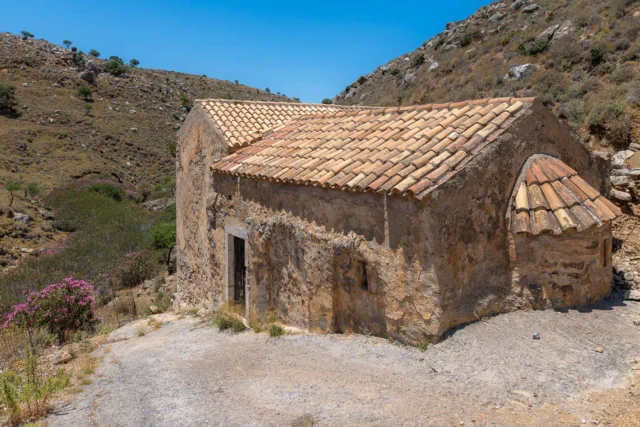

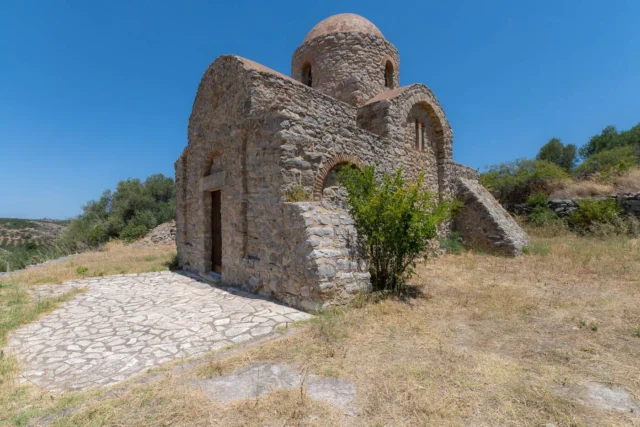


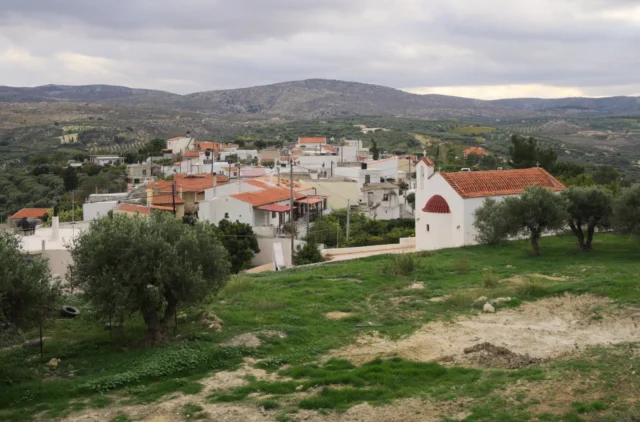
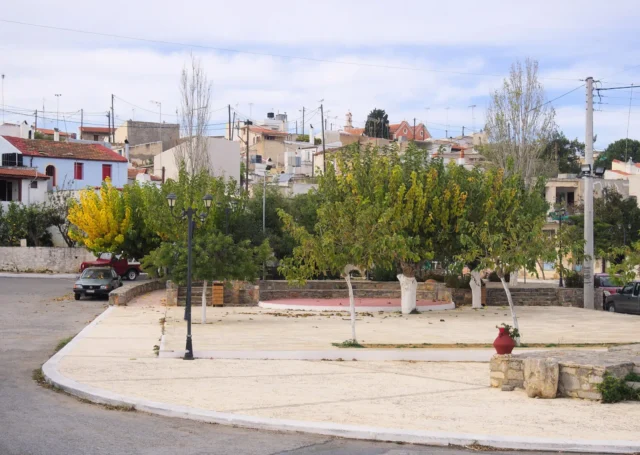

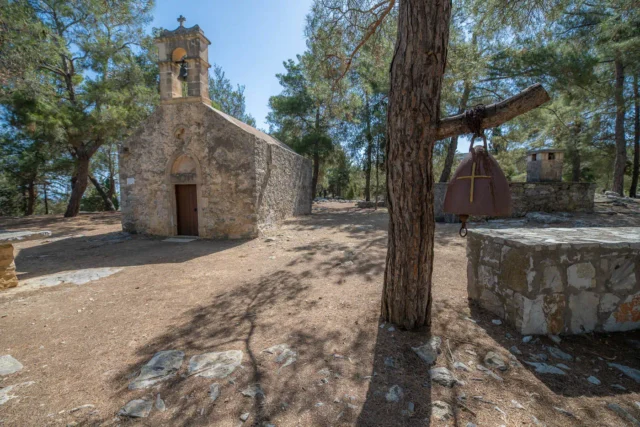

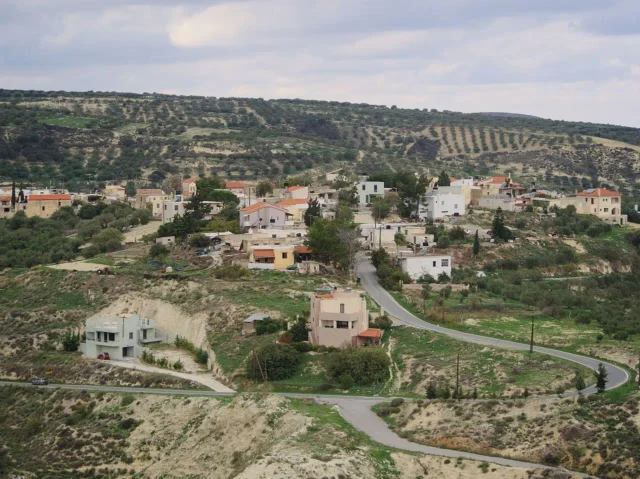
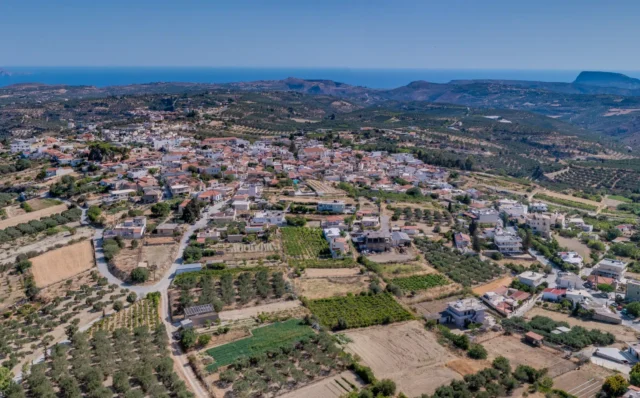
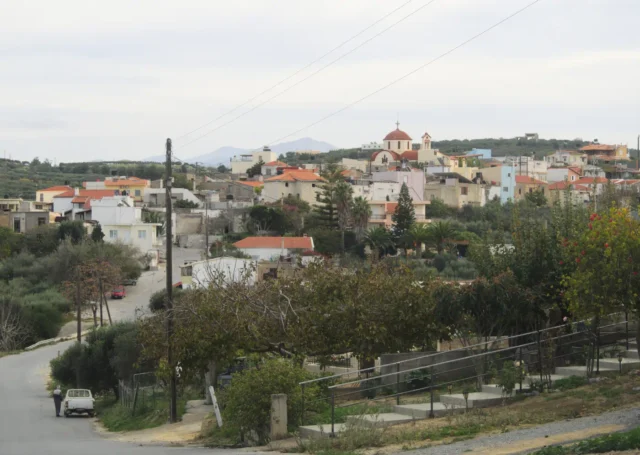
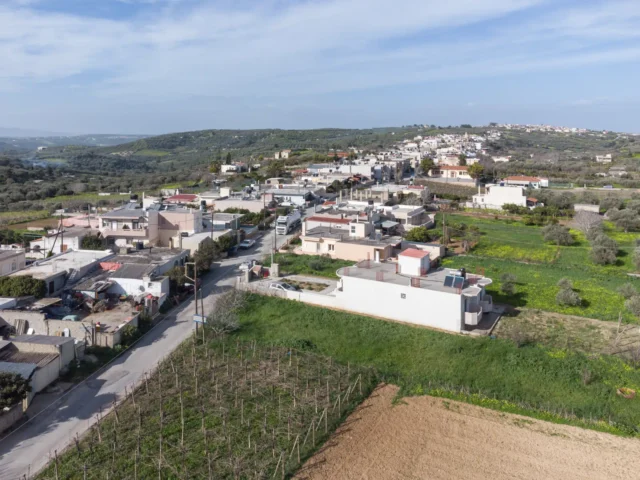

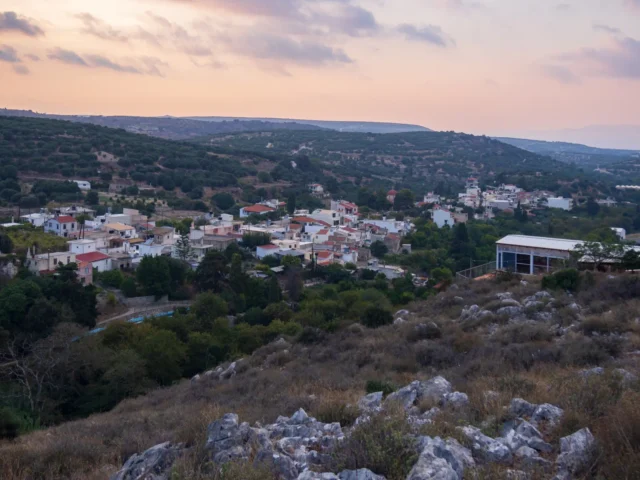

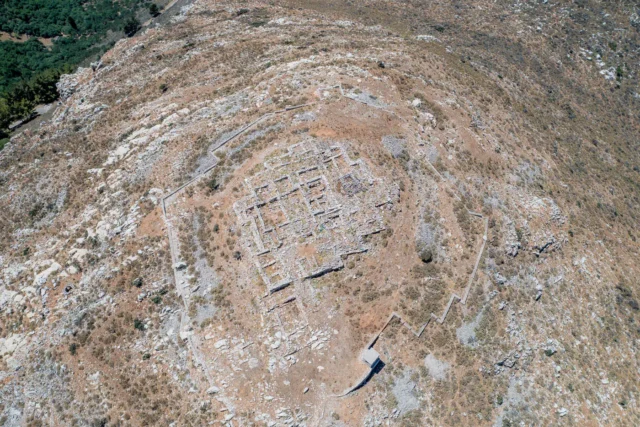
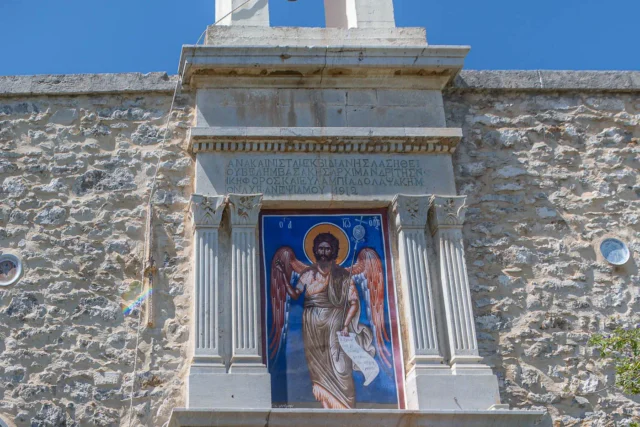

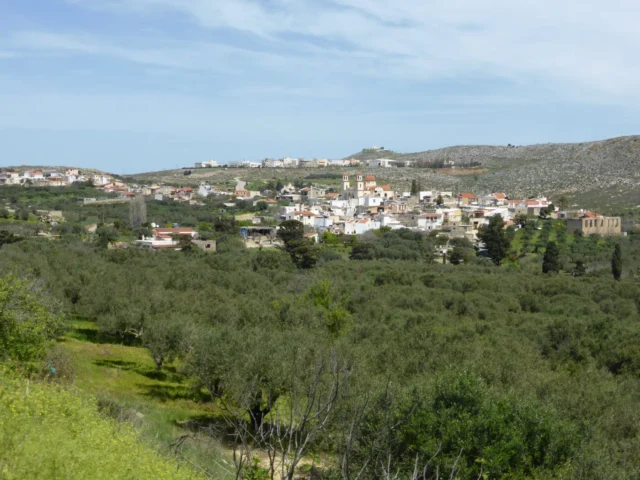
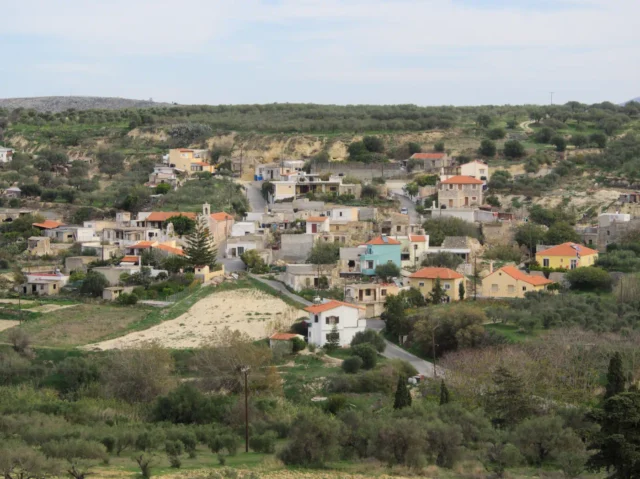

There are no comments yet.